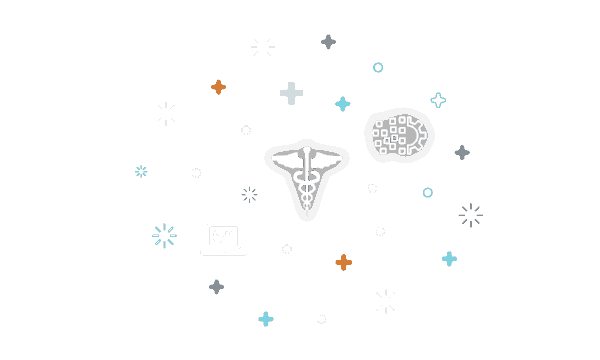Q: With regard to the last foundational platform — remote monitoring — in the context of a chronic disease, where most of the deployments have been from RPM standpoint, how has it worked thus far? Any learnings you’d like to share?
Matthew: We’re taking an approach that RPM has two really big buckets. The first bucket is to replicate what’s happened over generations. When we walk into our provider’s office, we get weighed, core temperature, height, blood pressure and heart rate measured so we can replicate that when the virtual visit occurs by remote capture, just to continue to be able to capture the same sort of quality data that we have for generations. More importantly, though, this is so that when our providers are being asked to make clinical decisions based on a single data point or very precious few data points over a long longitudinal time point, then we don’t make under-informed decisions.
We’re structuring it so we send patients home with whatever the appropriate biometric kit might be — be it blood pressure, glucose monitoring or pulse oximeter, etc. Bring these data into a lake or a repository short of our EHR where we can analyze the data and apply rules to trigger alerts. These will be alerts to the provider and care teams. If there’s a either a series of or a sequence of progressively out of range numbers or an alert or a value that’s particularly high or low, that’s somewhat dangerous and we may want to intervene or send alerts to patients.
And these might be an alert to patients because we haven’t received a value in a few days or because the values are trending well and we want to send them a nudge that says -“Congratulations! Good job! The work you’re doing is effective and your blood pressure is becoming under control. You’ve lost five pounds or the reverse.”
If the trends are actually going in the wrong direction, we want to send encouraging messages to help them get back on course and nudge the provider to maybe change the course in one way or another. The long game is once we capture enough of these data points across a broad enough segment of our population, it’s representative enough. Then, we’ll get smart about what normal recovery looks like after a procedure and know what normal or well looks like when a variant in the data is actually meaningful or when it’s a predictable variant that’s innocuous.
We’re blessed to have really tremendous data science people around to look at these big data sets and find the pearls. So, we’ll be able to set up predictive models to understand when data are mandating action be taken. This also has, workflow utility, because it can help us give patients a heads-up on events, they can expect to occur somewhere between day 4- 6 after they are back home. So, there’s some workflow utility as well. That’s our journey.


